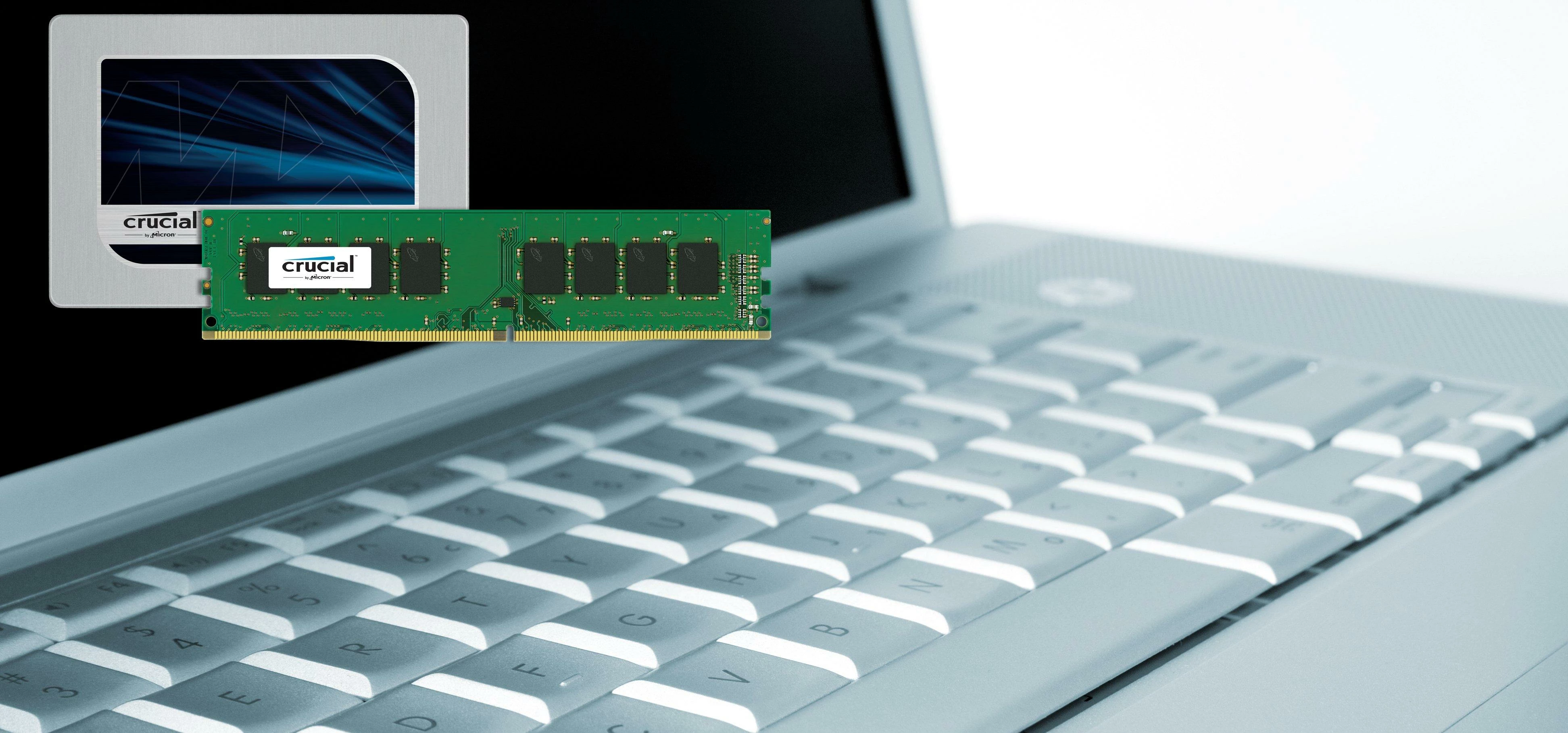
Partner Article
Make the most of your IT budget
With worldwide IT spending forecast to drop again in 2016, IT teams might find that their budget will likely be strained in the future, as businesses struggle to keep up with the explosive demands of an increasingly virtualised world. This is especially important for SMBs who don’t have the large scale infrastructure built in. There is a pressing need to make sure you make use of every last bit of the existing IT infrastructure and deliver the best possible service to your customers.
From expanding analytics and digital marketing needs to the increased demand for virtualised applications, heightened security and mobile support, IT needs (and customer demands) are endless. The easiest and most cost-effective approach to meet these needs is to maximise the memory and storage in your existing infrastructure. This approach allows you to increase performance, keep hardware costs down, and as a result invest in expensive software that drives future business growth.
Sliding IT budgets have been the trend for several years now, but it’s an opportunity for businesses to make the most of a bad situation. Here are some tips on how to optimise your IT budget:
Increase system performance and longevity with memory upgrades
At just a fraction of the cost of a new system, memory (RAM) upgrades deliver increased performance and allow you to get more years out of an existing machine. Memory upgrades are also one of the best ways to maximise the value of your CPU investment, since processors are typically the most expensive and powerful component in a system. Maximise server CPU performance and longevity by installing high-density modules in each slot. For desktops and laptops, you’ll want to upgrade in a way that balances costs with the performance needs of the end user.
Improve efficiency and accelerate virtualised applications with faster storage
Solid State Drives do two things for businesses of all sizes:
- Radically increase workforce performance by delivering instant access to data
- Help extend system life because they don’t rely on small moving parts that are prone to fail (like hard drives)
By installing SSDs in existing systems, you’ll stretch your budget while increasing performance.
When you make the switch, invest in low capacity drives for desktops and laptops. Since most business data is stored on networks, client systems don’t need as much local storage, making 128-256GB SSDs a good fit for most busineses. In terms of affordable ways to accelerate server storage and performance, the best approach is to use SSDs for hot data, virtualised applications and operating systems, then use enterprise-class hard drives for cold, bulk data that isn’t frequently accessed and used.
The bottom line
Not only have IT budgets been on the decline this year, they’ve been declining for a while now and businesses need to ensure that they are squeezing absolutely everything from their IT budget. Optimising new software requires powerful hardware, so you want to upgrade in the most affordable way possible. By maximising your existing infrastructure, you can get more out of your IT budget. You don’t need new systems to run new software – just better components to make your existing systems last longer.
This was posted in Bdaily's Members' News section by Steve McDonald .
Enjoy the read? Get Bdaily delivered.
Sign up to receive our popular morning National email for free.








 Powering a new wave of regional screen indies
Powering a new wave of regional screen indies
 A new year and a new outlook for property scene
A new year and a new outlook for property scene
 Zero per cent - but maximum brand exposure
Zero per cent - but maximum brand exposure
 We don’t talk about money stress enough
We don’t talk about money stress enough
 A year of resilience, growth and collaboration
A year of resilience, growth and collaboration
 Apprenticeships: Lower standards risk safety
Apprenticeships: Lower standards risk safety
 Keeping it reel: Creating video in an authenticity era
Keeping it reel: Creating video in an authenticity era
 Budget: Creating a more vibrant market economy
Budget: Creating a more vibrant market economy
 Celebrating excellence and community support
Celebrating excellence and community support
 The value of nurturing homegrown innovation
The value of nurturing homegrown innovation
 A dynamic, fair and innovative economy
A dynamic, fair and innovative economy
 Navigating the property investment market
Navigating the property investment market